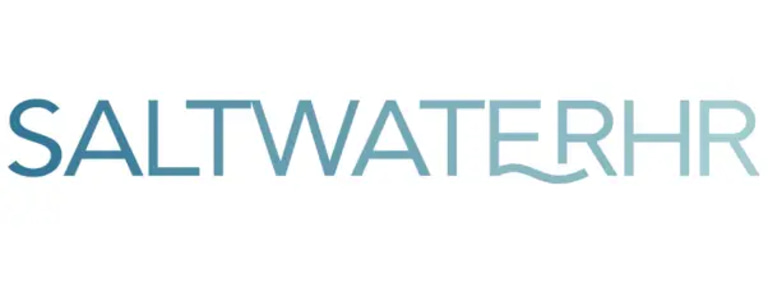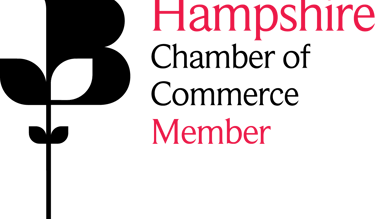🎄 Christmas Hours: w/c 15 December we are working reduced hours with slower response times; from w/c 22 December we will be operating an emergency WhatsApp line only, until w/c 5 January when business returns to normal.🎄
Building Your HR Function: A Guide for Small Businesses
Discover our comprehensive step-by-step guide to building an effective HR function tailored for small businesses. Enhance your HR strategies and support your team for success.
5/11/20254 min read


Building an HR Function That Powers Small Business Growth
Creating a strong HR foundation isn’t just for big corporates. For small businesses, getting HR right early on is one of the smartest moves you can make. Whether you're scaling fast or simply want to streamline operations, solid HR processes can save time, boost revenue, and support a happier, more productive team.
So, where do you start?
Step 1: Look at where you are now
Before diving into the setup of an HR function, it’s important to evaluate your current needs. Assess your business size, employee structure, and existing HR processes (if any). Identify pain points such as compliance issues, recruitment challenges, or employee retention concerns.
A thorough HR health check helps identify gaps and sets priorities - compliance being top of the list. By understanding these aspects, you will be better equipped to design processes tailored to your business's specific challenges and growth trajectory.
Step 2: Put the Foundations in Place
Once you have a clear understanding of your HR needs, start defining the core HR processes that will enable smooth operations. Get your day-to-day HR essentials running smoothly so you can focus on the bigger picture. Consider your contracts and policies to ensure compliance. Standardise your recruitment and onboarding process to streamline how you attract talent. Focus on creating clear job descriptions and a structured interview process. Create a strong training and development plan to upskill employees and improve motivation and job satisfaction. Leverage technology to enhance your HR function. There is a wide range of HR management software available that can automate many HR tasks, from payroll processing to performance tracking. These tools can save time and reduce the chances of errors in manual processes.
These steps create consistency, reduce risk, and free up your time.
Step 3: Build for the Future
Once you’ve established the HR fundamentals, it’s time to think beyond the day-to-day and focus on building a function that can scale as your business grows. Long-term success requires more than compliance and process, it demands systems and strategies that support your people as your organisation evolves.
A great place to start is by introducing structured performance reviews and regular goal setting. These help align individual contributions with broader business objectives and give employees a clear sense of purpose and direction. When people know what’s expected of them and how their work contributes to the bigger picture, motivation and accountability naturally increase.
As your team expands, manager capability becomes crucial. Training managers to handle performance conversations, resolve conflicts, and support team development is essential. Strong line management reduces pressure on business owners and ensures employees are supported consistently across the business.
With a growing headcount, resource planning also becomes more important. Taking a proactive approach to workforce planning allows you to anticipate future hiring needs, assess team structure, and make sure you have the right people in the right roles at the right time. This reduces last-minute recruitment scrambles and helps keep business operations running smoothly.
It’s also wise to review how you manage pay and reward. A fair and transparent compensation structure not only improves trust but also helps you remain competitive in your market. Benchmarking salaries, establishing a clear pay review cycle, and offering appropriate benefits can all contribute to retaining top talent.
Finally, employee engagement should become a regular focus. Gathering honest feedback through surveys or informal check-ins gives valuable insight into morale, motivation, and areas that need improvement. More importantly, acting on that feedback shows your team that their voices matter.
By investing in scalable HR systems and practices like these, you create an environment where people can thrive, which in turn drives better retention, greater employee satisfaction, and fewer growing pains as your business expands.
Step 4: Continuous Improvement for Long-Term Success
As your business grows, changes direction, or encounters new challenges, your HR strategy must evolve alongside it. What worked when you had a team of five may not be sufficient for a team of fifty. That’s why it’s essential to view HR as a dynamic, continually developing part of your business—not a static set of policies or admin tasks.
Start by setting regular check-ins to review your existing HR policies, procedures, and systems. Ask yourself whether they are still fit for purpose, compliant with current legislation, and aligned with the company’s direction. For example, as your business expands into new regions or service lines, you may need to update employment contracts, reconsider your structure, or implement new types of support for managers and staff.
Just as important is gathering feedback from your people. Your employees are on the front lines of your company culture and internal processes. Through surveys, 1:1s, exit interviews, or even informal check-ins, you can uncover blind spots, identify what’s working well, and hear directly from your team about areas that need improvement. This input is invaluable in shaping future HR initiatives and ensuring your practices remain people-focused.
As your HR function matures, you might also consider investing in more sophisticated tools, introducing specialist roles, or deepening areas like diversity and inclusion, wellbeing, and career development. These enhancements help future-proof your HR setup and ensure it continues to support a motivated, high-performing team.
Ultimately, embedding a cycle of continuous evaluation and adaptation into your HR approach will ensure your people strategy grows in lockstep with your business. You’ll be better equipped to attract and retain top talent, respond to market changes, and build a company culture that drives success.
By taking this long-term view, you position your HR function not just as a support mechanism, but as a strategic driver of growth—one that helps you stay focused on what matters most: building a thriving business.
Saltwater HR
Support
KEEP IN CONTACT
info@saltwaterhr.co.uk
07442 993534
© 2025. All rights reserved. Company No: 16121905
Expert HR solutions for your business needs.




